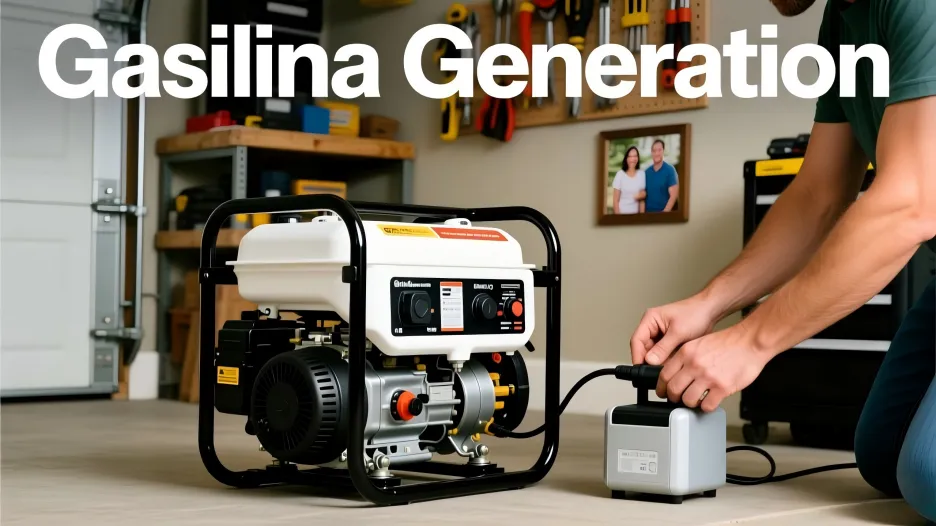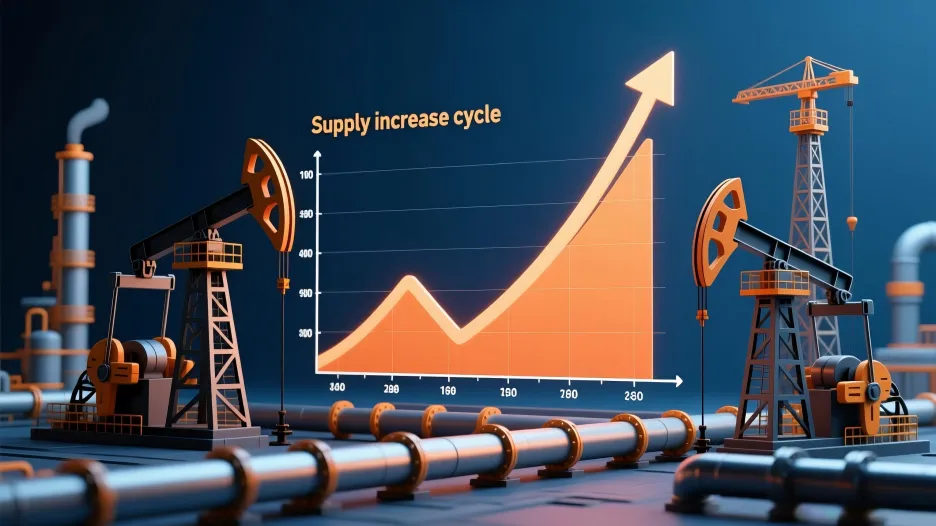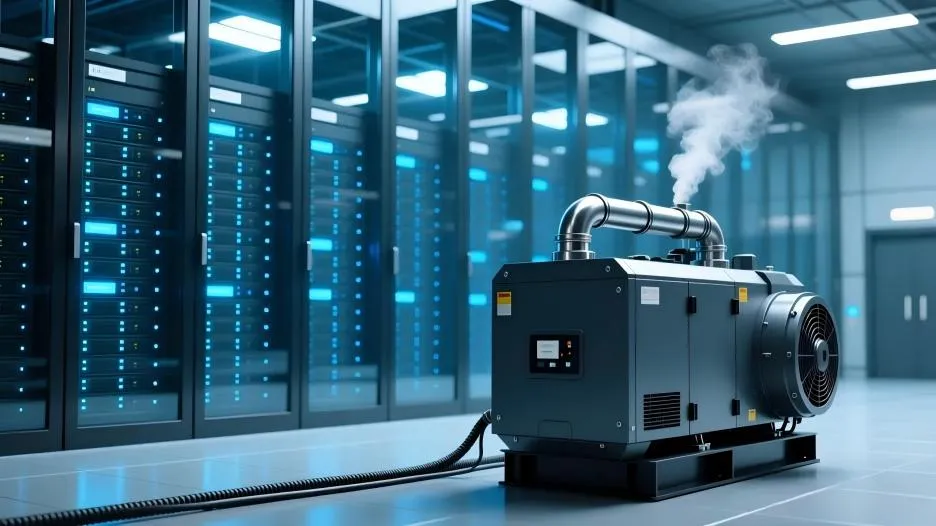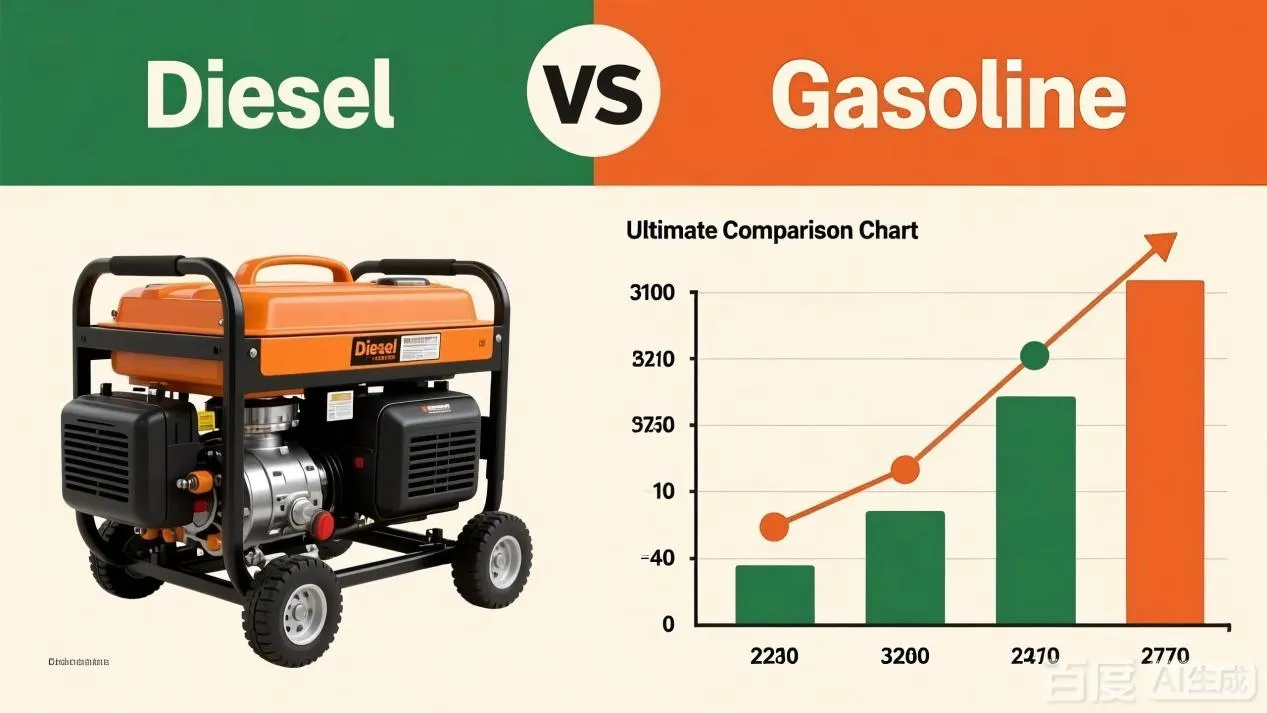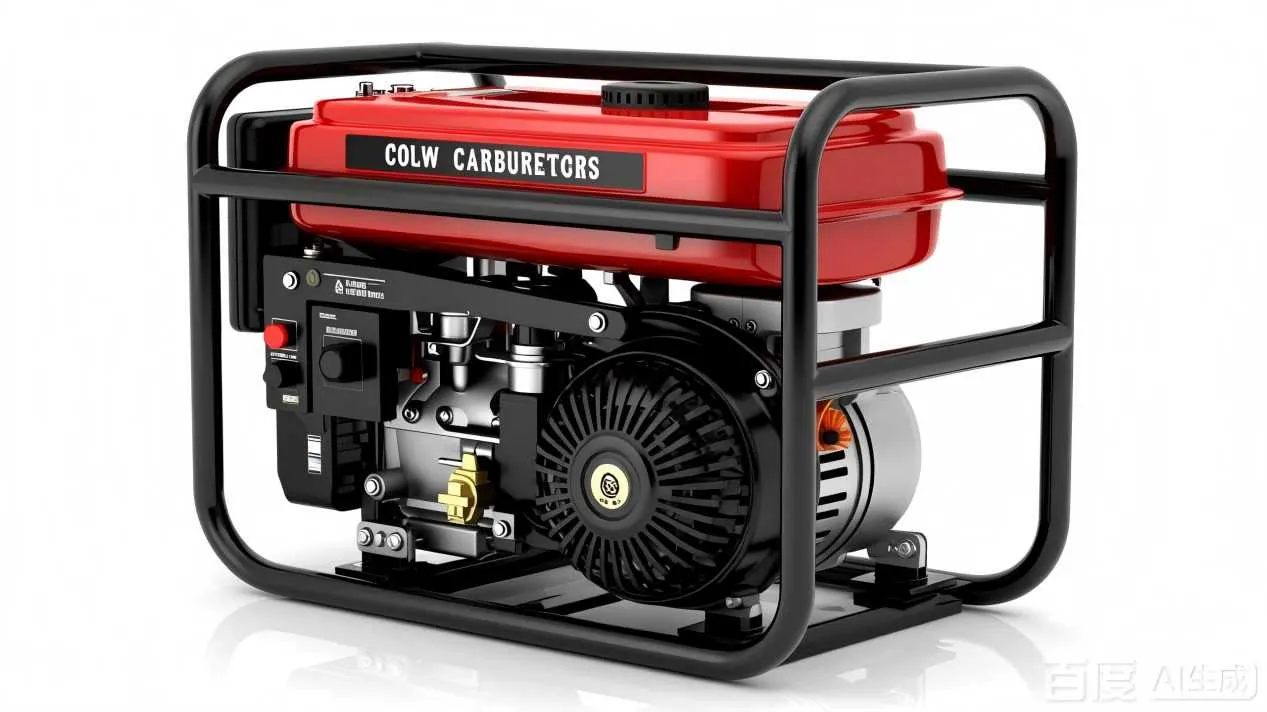The Rise of Smart Generators: How AI and IoT are Transforming Operations and Maintenance

From Dumb Muscle to Intelligent Node
The generator is undergoing a digital revolution. No longer just a mechanical workhorse, it is transforming into a smart, connected asset within the broader Internet of Things (IoT) ecosystem. This shift towards "Smart Generators" is fundamentally changing how power is managed, monitored, and maintained.
The Foundation: Sensors and Connectivity
The transformation begins with the instrumentation of generators with a network of sensors that monitor critical parameters in real-time. This data is aggregated by a central Electronic Control Unit (ECU) and transmitted via cellular or satellite networks to a cloud-based platform.
AI-Powered Predictive Maintenance
This is where the true value is unlocked. Artificial Intelligence (AI) and machine learning algorithms analyze the continuous stream of operational data to predict component failures before catastrophic breakdowns occur.
This shift from reactive or scheduled maintenance to predictive maintenance prevents unexpected downtime, reduces repair costs, and extends the asset's lifespan.
Digital Twins for Simulation and Optimization
Advanced systems are now implementing digital twin technology—a virtual, dynamic model of a physical generator that enables simulation and optimization without physical intervention.
Quantifiable Benefits and the Future
The adoption of smart generator technology delivers clear returns on investment and points toward an increasingly autonomous future.
The future points towards generators that autonomously coordinate with other assets in a microgrid, self-diagnose issues, and even place orders for their own replacement parts—creating truly intelligent power ecosystems.






